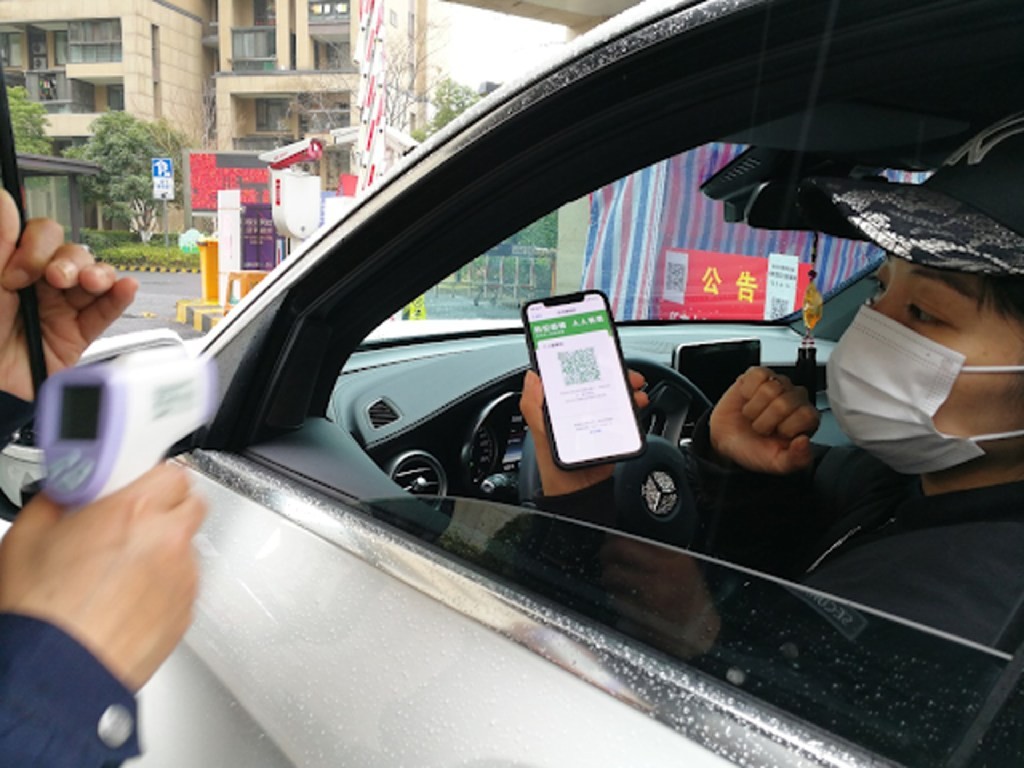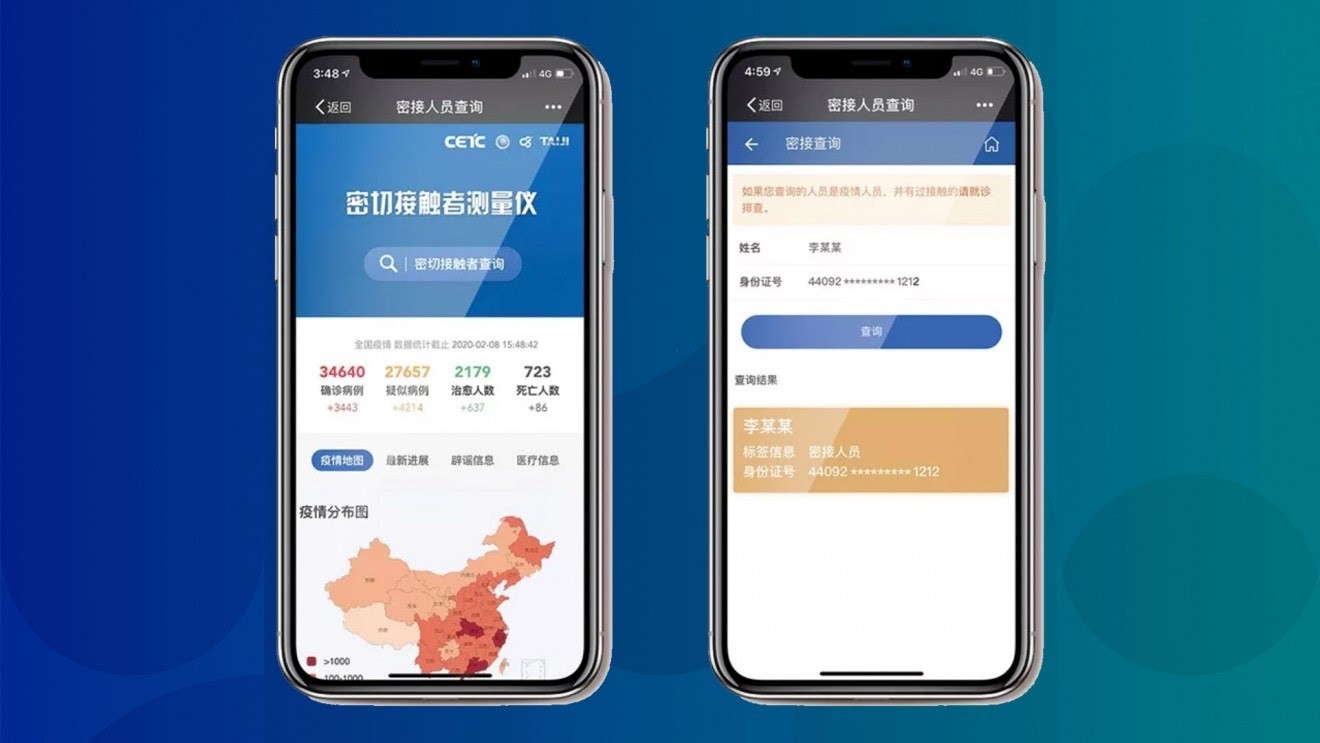
From QR codes to social media, four ways China tracks Covid-19
ID and phone numbers are being scooped up in big data systems designed to help China track potential contact with coronavirus cases
China isn’t the only country using technology to track people who might have come into close contact with Covid-19. In a rare partnership, Google and Apple said that they will work together to build a system for Covid-19 contact tracing using Bluetooth.
Here’s a look at four pieces of technology that became a normal part of daily life in China.
Tagging public transport with QR codes
QR codes are a common sight in China. Now they’re being used to track exactly which bus or train carriage people have been in.

Red, yellow and green personal health codes
Tecent’s WeChat and Alipay offer what’s been called personal health codes in the form of color-coded QR codes in various cities. The codes come in green, yellow and red, and they’re meant to indicate a person’s risk of having contracted the coronavirus.
(Abacus is a unit of the South China Morning Post, which is owned by Alibaba, whose affiliate Ant Financial operates Alipay.)
One of the first health code systems was offered by Alipay in the eastern city of Hangzhou. The company later said it was working on a national version based on the one in that city.
Officially named the Alipay Health Code, it asks users to fill in personal information that includes phone numbers and national ID numbers. People are also asked questions about their travel history and health status.

Details about how an individual’s code is generated are murky. Alipay says it uses the system’s “backend big data.” A user’s health code color could change if they were “in the same space with a confirmed or suspected case,” among other reasons, according to Alipay.
The Government’s “Close Contact Detector”
In February, state-owned company China Electronics Technology Group Corporation (CETC) launched a program called “Close Contact Detector.” Like the health codes, it was also made available through popular apps WeChat and Alipay by scanning a QR code.

Broadcasting messages on social media

On social media platforms like WeChat and Weibo, local health authorities and news outlets posted messages about the license plate of the bus and the time and date that it departed. People were asked to widely share the posts, according to CCTV.
Many local residents then contacted health authorities about people who had recently returned from trips and who the residents thought might have been on the bus. Health workers and community police officers would follow up by tracking the people down.
Sign up now and get a 10% discount (original price US$400) off the China AI Report 2020 by SCMP Research. Learn about the AI ambitions of Alibaba, Baidu & JD.com through our in-depth case studies, and explore new applications of AI across industries. The report also includes exclusive access to webinars to interact with C-level executives from leading China AI companies (via live Q&A sessions). Offer valid until 31 May 2020.

